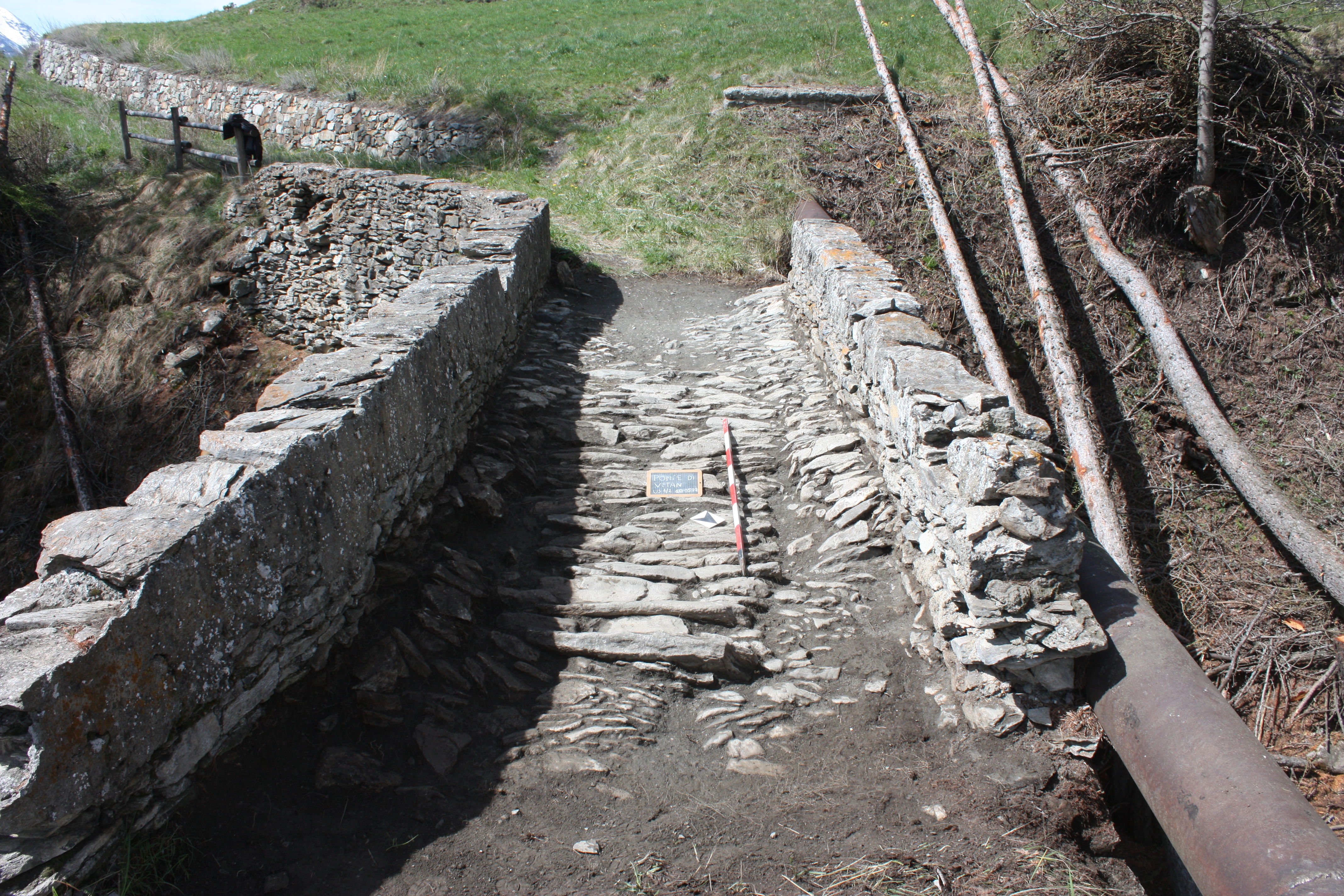07/07/2023 | Partner: Regione Valle d'Aosta
The Vetan Bridge
A small bridge for agricultural and pastoral activities, true essence of daily life in the Alps…
Located along the mule-track that connected the villages and areas at medium and high altitude, oral tradition of the early 20th century recalls it as Lo Pon-de-Lé. Fundamental to daily commuting and seasonal activities, it clings tightly to the banks of the stream to keep the memory of distant times alive.

Context
Built at about 1620 m a.s.l., this bridge crosses the Vetan stream along the path that connected the village of the same name with that of Meod.
The surrounding land was used until the beginning of the 20th century for crops, pastures, and hay: the constant exposure to the sun throughout the year makes this a perfect place even today for the production of cereals resistant to the Alpine climate.
On the edge of the Vetan Dessous village, the chapel of 1756 dedicated to Saint Lawrence puts its protective gaze on those who walk along the trail and on the busy farmers in the fields all around.
History
Although without historical documents talking about it and without maps recalling its name, the Vetan bridge is one of the many so-called “minor” stone bridges present at high altitude in the Aosta Valley, structures of utmost necessity for the locals.
The only oral tradition of the 19th and 20th centuries – come down to us thanks to the memories of the elderly inhabitants of the village, interviewed during the ethnographic research carried out within the project – recalls it with the toponym of Lo Pon-de-Lé.
Architecture
Its round arch rests its abutments on the rock along the sides of the Vetan stream.
Its flooring, largely original, is composed of mixed-size stones pavement, in which what remains of a drainage channel inclined towards the valley and made with two long vertical slabs is recognized.
The masonry consists of stones of different sizes bound by mortar of different types, to denote the interventions carried out during the life of the bridge.
The date 1912 is engraved on the cement cover at the head of the parapet towards the valley. It is the year in which some important maintenance work was probably carried out.
During the interventions related to the project Salvaguardare/Sauvegrder, the verification of the conservation status of the original flooring made it possible to design a targeted consolidation intervention of the extrados and a partial reconstruction of the parapets now deteriorated by time and careless use of the structure.


